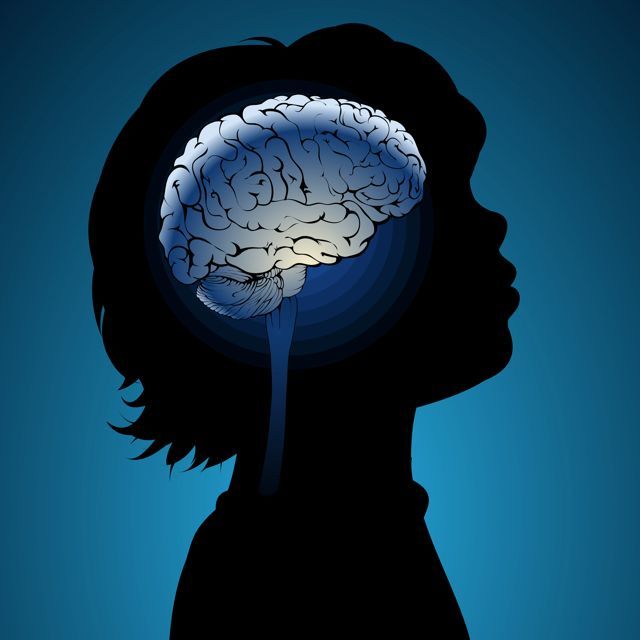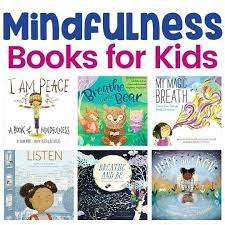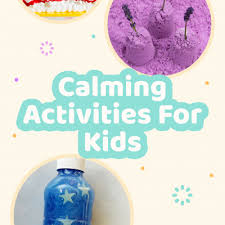Introduction:
Social-emotional skills are an integral part of preschool children’s development, as they lay the foundation for a lifetime of healthy relationships and emotional well-being. Teaching and nurturing these skills in early childhood settings can have lasting benefits for a child’s overall growth and success. The following nine social-emotional skills are important for preschoolers to learn and practice.
1. Self-Awareness:
Self-awareness refers to a child’s ability to recognize and understand their own emotions, interests, strengths, and weaknesses. Fostering self-awareness in preschoolers helps them become comfortable with who they are and develop a sense of self-identity.
2. Self-Regulation:
Self-regulation involves the ability to manage emotions through self-control, impulse control, and coping with stress. This skill allows children to respond more effectively to challenging situations by calming themselves down and expressing emotions appropriately.
3. Empathy:
Empathy focuses on being sensitive to the feelings of others and showing compassion towards them. By learning empathy at an early age, preschoolers will be better equipped to relate to others from diverse backgrounds in a respectful, understanding manner.
4. Understanding Emotions:
Teaching preschoolers to identify, label, and express their emotions properly is crucial for their emotional development. When children can recognize the emotions they’re experiencing, it becomes easier for them to communicate these feelings with their peers and caregivers.
5. Social Awareness:
Developing social awareness means teaching young children the importance of respecting cultural differences, actively listening to others’ opinions, and valuing cooperation within group settings.
6. Positive Relationships:
Preschool-aged children should learn how to establish and maintain positive relationships with their teachers, classmates, friends, and family members. This includes practicing good communication skills, sharing toys, taking turns during games or activities, resolving conflicts peacefully, and supporting one another emotionally.
7. Responsibility:
Instilling a sense of responsibility in preschoolers involves teaching them to recognize their obligations and follow-through with commitments, such as completing class assignments or helping out with chores at home.
8. Problem-Solving Skills:
As children encounter various issues in their daily lives, teaching them effective problem-solving strategies can help them navigate challenges with confidence and adaptability. This includes brainstorming solutions, considering the consequences of their actions, and learning from mistakes.
9. Decision-Making Skills:
Encouraging preschoolers to make thoughtful decisions and choices prepares them for life’s tougher scenarios. Promote their decision-making abilities by offering opportunities to choose between alternative actions or evaluate the outcomes of their decisions.
Conclusion:
While these nine social-emotional skills are crucial for preschool-aged children, it’s important to remember that fostering these talents is an ongoing process throughout childhood and adolescence. By consistently working on these skills, you are setting your child up for a life marked by emotional intelligence, empathy, and successful interpersonal relationships.











